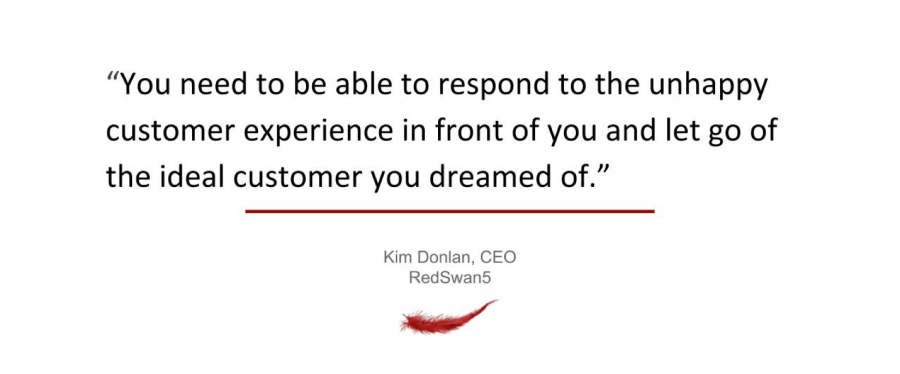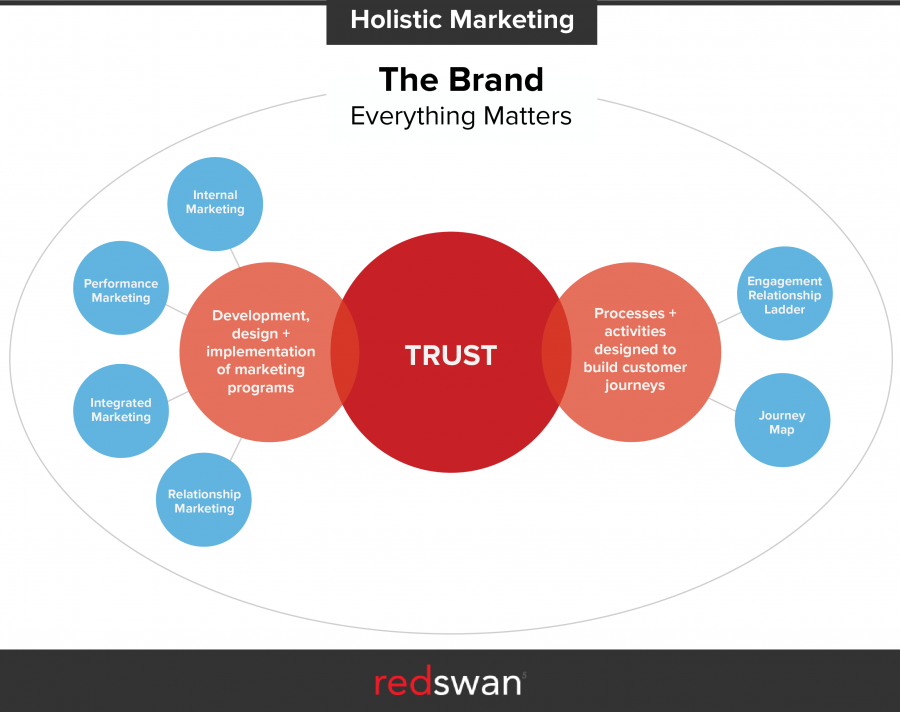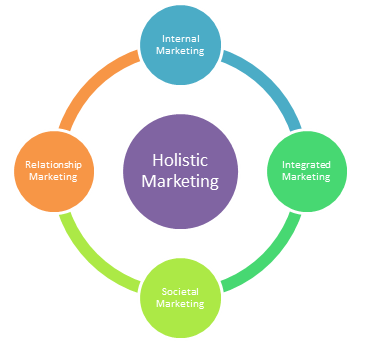
When you start out, you plan for the perfect customer. You hone your product to their every need and know that you will do everything you can to make them happy. And then they aren’t. They ignore you. They complain. They don’t want what you give them. No matter what you try, it doesn’t work. Despite how much you love them, you don’t make them happy.
Predicting what customers want is more difficult than ever. Especially in this unpredictable, consumer-controlled, environment where customers continuously cry for a customized brand experience. Developing a rock-solid plan that has little flexibility is setting you and your brand up for failure. As the boxer Mike Tyson famously said, “Everyone has a plan until they get punched in the mouth.”
According to research from Harvard Business School’s Shikhar Ghosh, 75% of start-ups fail. This is often the result of an unexpected setback that they didn’t plan for. If you stay on plan or don’t respond fast enough, it can lead to disaster. You need to be able to respond to the unhappy customer experience in front of you and let go of the ideal customer you dreamed of.
CONTINUOUS PLANNING
A better approach is to adopt a continuous planning mindset. You’ll still be tied to sales goals — but exactly how you are going to get there is less rigid. Think of continuous planning as a new and improved version of the lean start-up model. The lean start-up model is all about listening and responding: using the customer feedback to develop the next step. Exactly what the next step should be — a marketing campaign, a fix for the onboarding process or an investment into a business intelligence tool that will provide the customer insight you need — all depends on what you are up against and what makes the most sense. You need to be willing to test alternative tweaks to the experience, product or messaging on the fly and watch very carefully for a positive response.
Continuous planning requires alignment and strong relationships across the organization. Whether it’s just two of you or an organization of thousands, the ability to pivot — to try something new is critical. Responding to customers, even imperfectly, demonstrates you care. And customers know you care even if they can’t express it at the time.
SCHEDULE INNOVATION (into your planning)
A big problem with planning is the pesky goals and milestones that need to be established. Exactly how or what will make your company stronger is different for everyone. Do you need more users, higher sales or a chance to just start anew? Whatever goals you establish will quickly be something from which you will be judged or worse, you will use to judge yourself. Who among us has not downgraded the goals and milestones to what is “achievable? “

What makes better sense is creating time to innovate. A consistent time dedicated to a mindset of what can we do differently. The focus is to evaluate, brainstorm, design and implement a new response to the customer feedback and behavior. It’s about building innovation into your work so that you and your organization have an opportunity to see things differently.
At RedSwan5, founders come to us stuck. Despite everything they have tried, their customers are unhappy and they are exhausted. Their messaging isn’t working. Sales aren’t closing fast enough or the digital strategy and onboarding process is disconnected. Through innovative workshops, creative and digital strategy, and UX design, we address what keeps you up at night.
To learn more about how we can help you, contact Kim Donlan at KDonlan@RedSwan5.com







 source:
source: